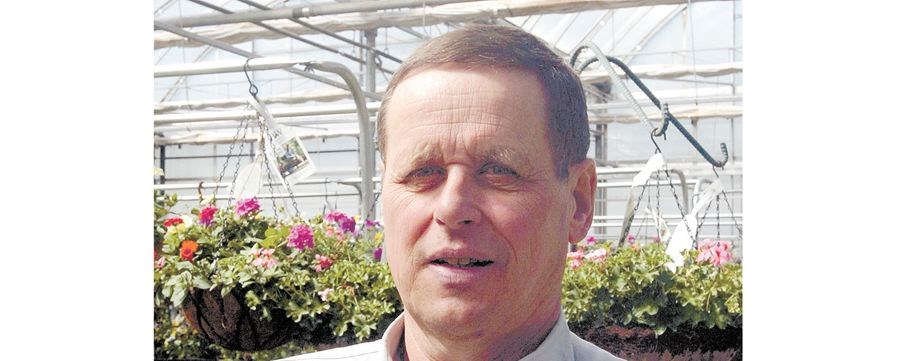October is the month for pumpkins.
Pumpkins are a part of the Cucurbitaceae family, which includes squash, cucumbers and melons. Native to North and Central America they have been around for centuries. They were a food staple for the Aboriginals and Pilgrims and continue to be used today in pies, muffins and soups. Pumpkins come in a wide variety of colours, shapes and sizes, from the small pie pumpkins only weighing a couple of kilograms to the largest in the world, weighing over a ton.
Pumpkins are grown like any other type of Cucurbitaceae. They are a heat-loving plant that are not frost tolerant and require a long growing season. This can be a challenge in our short growing season but it is not impossible.
Choose a variety that has a short growing time. Most varieties require 90 to 120 days to maturity, depending on size, but there are a couple of varieties that only require 65 days. These are smaller in size but are good for cooking as well as jack-o-lanterns.
Starting seeds indoors in individual peat pots, two to three weeks before the last spring frost and transplanting the young transplants outdoors after the risk of frost has passed will give plants a head start on the season. Plant them in a warm, sunny, sheltered location, where there is lots of room as pumpkin plants are a sprawling plant, requiring lots of space. If space is limited, plant them in with the corn and pole beans. The pumpkins will grow along the surface of the ground as the corn and beans grow up.
Pumpkins grow best in a well-drained soil that is rich in compost and manure as they are heavy feeders. They are not drought tolerant and will need to be watered during dry spells. It is best to water plants in the morning and preferably using a soaker hose so that the foliage remains dry as pumpkins are prone to fungal diseases such as powdery mildew which can eventually kill them.
Pumpkin plants form both female and male flowers on the same plant. In order for the pumpkin to form, the female flower, identified by the small immature fruit behind the flower, must be fertilized by the male flower. This is most often done by pollinators such as bees and insects. Once the flower has been pollinated it will begin to form a pumpkin.
Most varieties of pumpkins start off green and then slowly begin to change colour as they ripen. Make sure to limit the amount per plant by removing some of the flowers so that the plant's energy will go towards the remaining pumpkins. If there is a threat of frost, cover plants with a frost protection blanket such as Reemay
Harvest pumpkins when they have reached their colour and when the skin is hard. Pumpkins are harvested by using a knife or pruners and cutting the stem off the vine. Leave 12 to 15 centimetres of stem on the pumpkin and do not pick the pumpkin up by the stem as this can cause the stem to break off.
Mature pumpkins can be stored indoors for several weeks after they have been picked.



